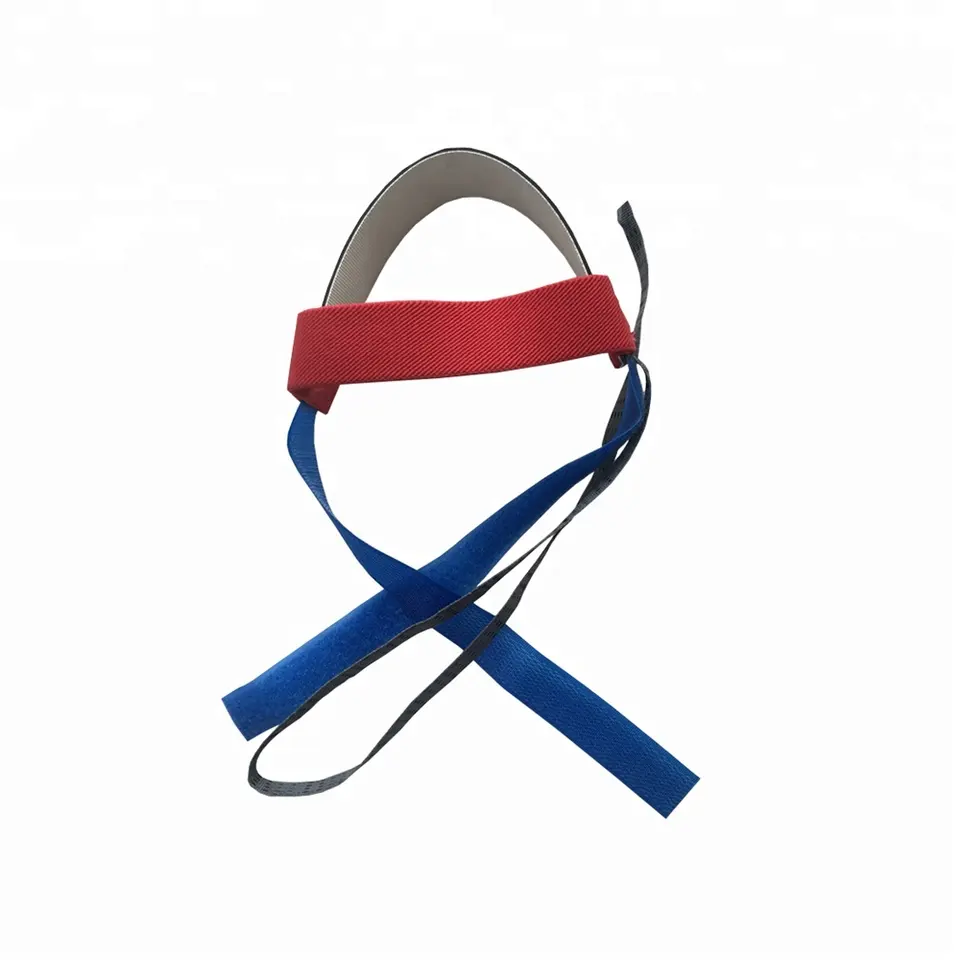ESD, or electrostatic discharge, presents a ubiquitous challenge encountered by practically everyone. Whether it arises from grasping a door handle or engaging in a handshake, this sudden surge of electricity is an omnipresent occurrence. However, particular attention must be paid to preventing ESD in specific locations, particularly those densely populated with electronic devices and materials prone to susceptibility to such charges. Even a minor electric surge passing through these instruments has the potential to swiftly cause irreparable damage, leading to the instantaneous destruction of equipment worth tens of thousands of dollars. Consequently, mastering the art of effective ESD troubleshooting is paramount.

ESD Clothing

To reduce ESD, it’s essential to minimize the sources that generate it. If you frequently experience shocks, clothing might be the main contributor. Electrostatic currents arise from friction caused by fabric rubbing, feet moving across carpet, or hands passing through hair. ESD troubleshooting commences by either removing clothing prone to generating ESD or wearing protective garments designed to counter it. ESD-resistant attire like jackets, coats, shirts, and gloves decreases friction, thereby curbing ESD production. Effectively addressing ESD issues involves reducing potential triggers as much as possible. With appropriate attire, the creation of an electrostatic charge is prevented, facilitating the identification of other problematic areas.
Grounding And Resolving issues

Before handling electronic devices, ensuring proper grounding is crucial. Various methods exist for achieving this, with personal grounding devices proving to be particularly useful. Ankle or shoe slings are one option, encompassing a small metal connector that, when coupled with a grounded metal component on the floor, effectively dissipates any electrostatic charge. This solution is ideal for traversing a room and mitigating potential charges. Alternatively, when dealing with computers, wrist-based personal ESD grounding devices are commonly employed. Equipped with a small metal clip, these devices can be snapped into a designated ground point. Some models include a clamp for attachment to a screw on the computer, while others are compatible with a grounding mat featuring a metal snap for securing the personal grounding device. Regardless of the approach, prioritizing grounding is imperative to minimize the risk of ESD.
If you consistently encounter ESD in a specific area, it is essential to meticulously assess its layout. Whenever feasible, disconnect any cables connected to or emanating from the device to minimize potential risks. This not only decreases the flow of electrical currents between devices but also prevents electrical surges from affecting other hardware in the event of an ESD incident.
Flooring
Following attire adjustments, if ESD persists, the subsequent measure involves implementing suitable flooring. Carpet often contributes significantly to the generation of electrostatic currents. Although stone and wood flooring can mitigate static buildup, they do not guarantee complete safety. Therefore, the installation of ESD flooring becomes imperative. This type of flooring is typically offered in rubber and vinyl materials, with different thickness options available based on specific requirements and the nature of the equipment being utilized. By opting for these flooring solutions, you effectively eliminate another variable contributing to ESD.
Detection
If your workspace continues to experience intermittent ESD, it becomes imperative to pinpoint the origin of this charge. It is plausible that someone might not be adequately shielded from static discharge, or a specific outlet or device could possess a faulty wire seal, resulting in the generation of electrostatic currents within the room or the device itself. A variety of handheld ESD readers are available to help identify potential sources and determine the magnitude of the current. Having such a device within the workspace you intend to safeguard is an invaluable asset, greatly facilitating ESD troubleshooting. With the reader, you can traverse the area to locate the source of the current. Once the source is identified, you can proceed to rectify the issue.
ESD troubleshooting is vital when dealing with electrostatic-sensitive devices, which can take various forms, from microchips to chemicals. If you are currently grappling with ESD problems, understanding how to identify and address the source of the electrostatic current is essential to prevent any major complications.
continue reading

